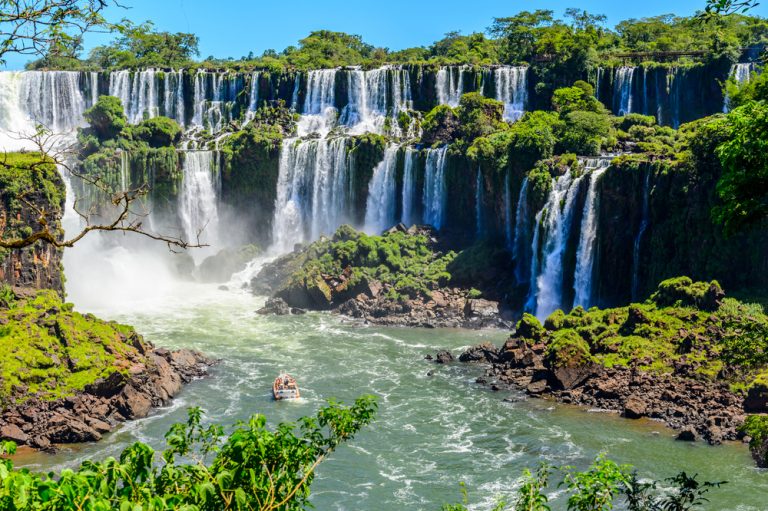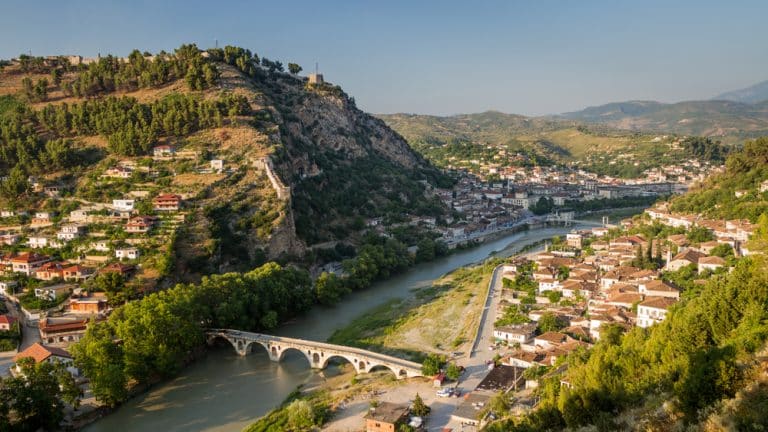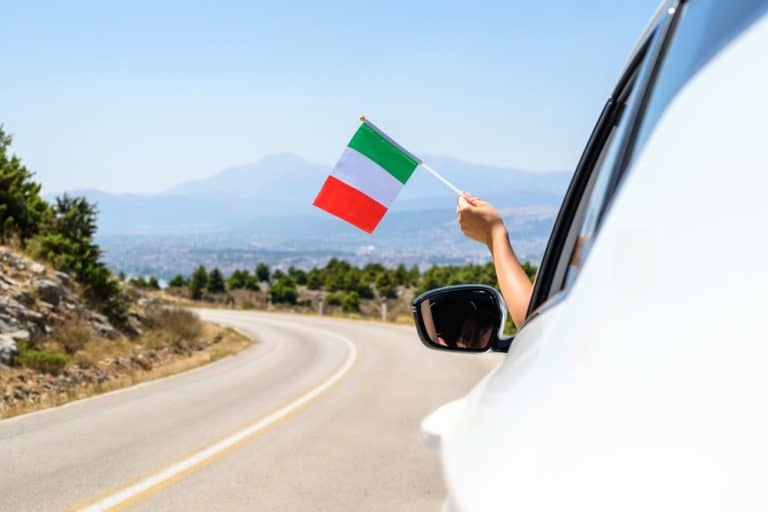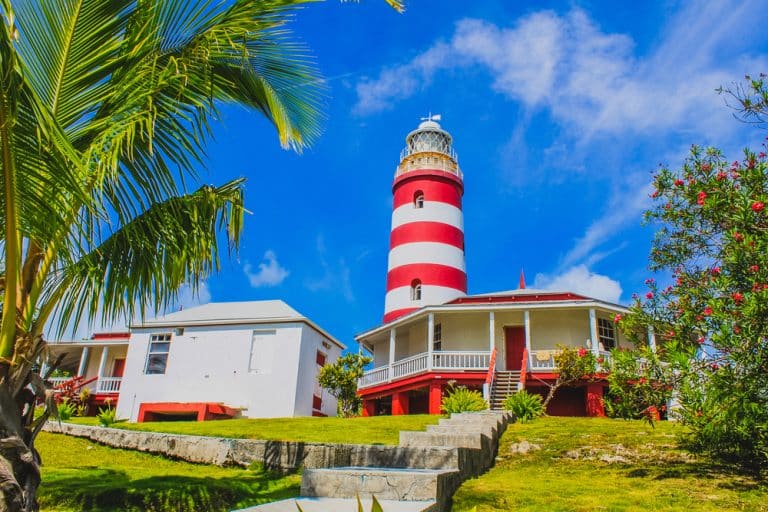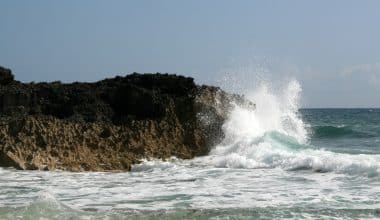The Lesser Antilles, a stunning archipelago in the eastern Caribbean, is a true paradise and a dream destination for many travelers. Stretching from northeastern Venezuela to the coast of Florida, they offer a kaleidoscope of cultures, cuisines, and climatic conditions along the way. A cruise is the ideal way to explore the diversity and beauty of these islands.
Departure to paradise
The selection of cruise ships that set off for the Lesser Antilles is diverse. Whether luxurious cruisers, modern megaliners or smaller sailing ships – there is something for every taste and every budget. Some of the most well-known ports from which cruises depart include Miami, Fort Lauderdale , and San Juan in Puerto Rico.
Magical islands
Each island in the Lesser Antilles has its own charm and character. Barbados is famous for its golden beaches and colonial heritage. Saint Lucia beckons with a dramatic landscape dominated by the two Pitons, two cone-shaped volcanic mountains. Grenada, the “Island of Spices”, enchants with a scent mixture of nutmeg, cinnamon and vanilla that fills the air. On the ABC islands of Aruba, Bonaire and Curaçao, on the other hand, the Dutch-colonial architecture is impressive.
Exotic flora and fauna
The Lesser Antilles are not only scenically and culturally diverse, but also biological. Here you will find an enormous variety of plants and animals. Exotic birds, colourful coral reefs and a varied marine fauna delight nature and animal lovers. The coral reefs around the islands offer excellent snorkelling and diving opportunities, where you have the opportunity to see seahorses, turtles and a diverse underwater world.
Culinary diversity
The culinary experience on board is as varied as the islands themselves. Many cruise ships offer a wide range of restaurants and culinary options, from regional specialties to international gourmet cuisine. But guests can also expect unforgettable culinary delights on land. The cuisine of the Lesser Antilles is a delicious mix of African, French, Indian and Creole influences. Fish and seafood are naturally the stars of the menus, often seasoned with the exotic spices that grow on the islands.
Cultural experiences
Culturally, each island is unique. During a shore excursion, visitors can immerse themselves in the local art scene, purchase handmade souvenirs, or visit museums and historical sites. The music of the Caribbean, especially reggae, soca and calypso, helps to ensure that the atmosphere is always lively and cheerful. It is not uncommon to see spontaneous dance events taking place on the street, with tourists and locals alike participating.
Adventure and relaxation
For the more adventurous, the Lesser Antilles offer a wealth of activities. From rainforest hikes, volcano climbs and zip-lining, to water sports such as windsurfing, kitesurfing and sailing, the possibilities are endless. If you want to take it a little easier, you can pamper yourself in one of the many wellness resorts or simply enjoy the sun on one of the beautiful beaches.
Sustainable tourism
More and more cruise operators are prioritizing sustainable tourism and offering eco-friendly options and activities to protect the fragile ecosystems of the Lesser Antilles. Some ships are equipped with state-of-the-art technologies to reduce CO2 emissions, and many shore excursions focus on nature and animal conservation.
Unique experiences
Some cruises to the Lesser Antilles also offer themed trips, where guests can immerse themselves in specific aspects of the region, whether through culinary workshops, artistic performances or sports activities. These special cruises allow travelers to develop a deeper understanding and appreciation of the cultures and traditions of the Lesser Antilles.
Fascinating history
The Lesser Antilles have a rich and fascinating history, ranging from the time of the Arawak and Caribbean Indians, through the colonial period, to the present day. Many of the islands were the scene of battles between European powers fighting for control of the valuable colonies. These historical events have left deep marks, and many fortresses, museums, and historical sites can be visited to learn more about the region’s past.
Our book tip: Fabulous trip through Cuba and cruise to the Lesser Antilles
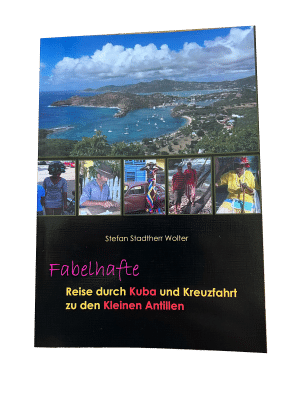 If you are planning a trip to the Lesser Antilles or Cuba, we recommend the travelogue “Fabulous Journey through Cuba and Cruise to the Lesser Antilles” by Stefan Stadtherr Wolter (ISBN: 978-3-75193-672-9, Books on Demand-Verlag). The book reports on two trips: On the one hand, at the turn of the year 2006/2007, the author traveled to Cuba, which was still under Fidel Castro’s leadership at the time. The entertaining description of this trip starts with minor obstacles on the journey and offers exciting insights into a country on the move.
If you are planning a trip to the Lesser Antilles or Cuba, we recommend the travelogue “Fabulous Journey through Cuba and Cruise to the Lesser Antilles” by Stefan Stadtherr Wolter (ISBN: 978-3-75193-672-9, Books on Demand-Verlag). The book reports on two trips: On the one hand, at the turn of the year 2006/2007, the author traveled to Cuba, which was still under Fidel Castro’s leadership at the time. The entertaining description of this trip starts with minor obstacles on the journey and offers exciting insights into a country on the move.
The author and his companion also spend Christmas 2015 in the middle of the Caribbean and get to know the Dominican Republic, the ABC Islands, St. Vincent, Grenada, Barbados, Martinique , Dominica, Guadeloupe and Martinique on his cruise to the Lesser Antilles.
These two journeys – naturally completely different in themselves – are combined in a humorous way by Stefan Stadtherr Wolter. Even if the Caribbean islands cannot be explored in detail on a cruise, care was taken to get to know the country and its people during the shore excursions.
Official synopsis: Caribbean, a place of longing! Let’s go to Cuba, the Dominican Republic and the archipelago of the Lesser Antilles. What an eerily beautiful flair, what touching stories – surrounded by fascinating underwater worlds and bizarre coral reefs! How far away and yet so close are the fates of the people of all these islands, the different political constellations and the melodic, heartfelt approach to life. In 2006/07, when the legend of Fidel Castro is still in power, we travel to Cuba and are touched – by the colonial legacy and by the omnipresent traces of the revolution. In 2015, the AIDAdiva will sail to the “ABC Islands” (Aruba, Bonaire and Curaçao) as well as St. Vincent, Grenada, Barbados, Martinique, Dominica, Guadeloupe, Antigua and the Dominican Republic. These are impressions of breathtaking beauty! At the end of the journey, however, an observation is unsettling…
The book is part of the “Fabulous” series. Further journeys took the author to South Africa, Namibia, India, Sri Lanka and Myanmar, among other places.
ISBN: 9783751936729
Available at your bookseller or on amazon



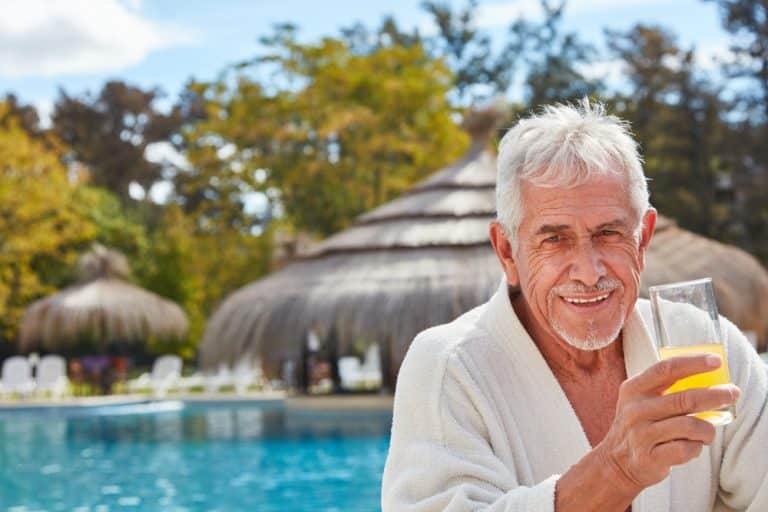

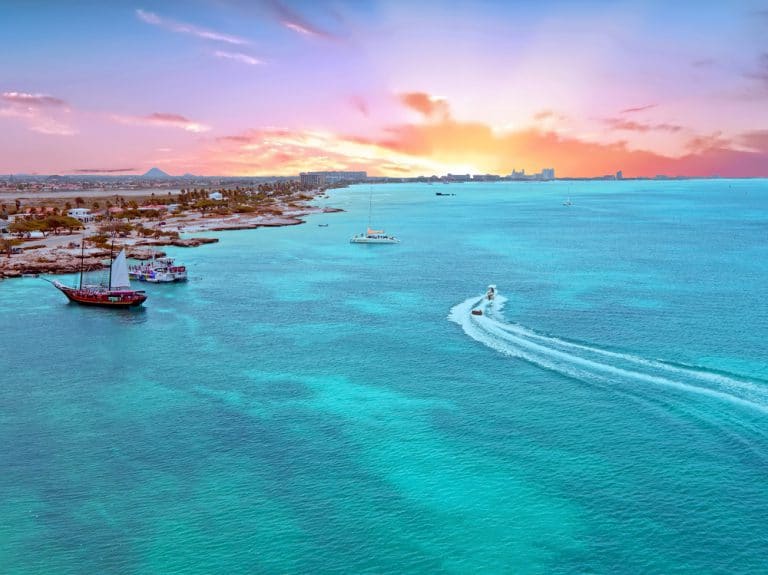
 If you are planning a trip to the Lesser Antilles or Cuba, we recommend the travelogue “Fabulous Journey through Cuba and
If you are planning a trip to the Lesser Antilles or Cuba, we recommend the travelogue “Fabulous Journey through Cuba and 

